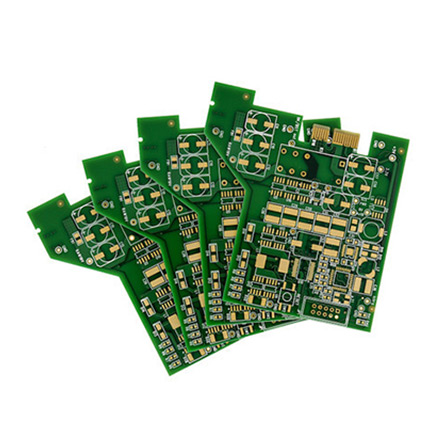

The Use of Tinted Glass Enhancing Aesthetics, Comfort, and Energy Efficiency
In contemporary architecture, tinted glass has emerged as a popular choice for both residential and commercial buildings. Its appeal lies not only in its aesthetic qualities but also in its functional benefits. Tinted glass is produced by adding color or a light-absorbing material to the glass during manufacturing, resulting in a product that effectively reduces glare, increases privacy, and enhances energy efficiency.
One of the primary reasons for the adoption of tinted glass is its ability to modulate natural light. In spaces flooded with sunlight, glare can be a significant issue, causing discomfort for occupants and affecting visual clarity. Tinted glass helps mitigate this problem by filtering harsh sunlight, thus creating a more comfortable environment. This is particularly valuable in offices and homes with large windows, where excessive brightness can necessitate the use of blinds or curtains, leading to unnecessary energy consumption and reduced daylight penetration.
The Use of Tinted Glass Enhancing Aesthetics, Comfort, and Energy Efficiency
Another significant advantage of tinted glass is its energy efficiency. By reducing the amount of solar heat that enters a building, tinted glass helps to maintain a stable indoor temperature. This can lead to lower heating and cooling costs, as it lessens the reliance on air conditioning systems during hot months. With increasing concerns about climate change and energy consumption, the use of tinted glass is an attractive option for eco-conscious architects and builders aiming to design sustainable buildings.

Moreover, tinted glass can contribute to the overall aesthetic appeal of a structure. It allows architects to create visually stunning facades that can reflect both modern and traditional styles. The various shades available can complement the design language of a building, adding to its uniqueness. Tinted glass can create a sense of elegance and sophistication, making it a favored choice in high-end architectural designs.
However, it is essential to consider the potential drawbacks of tinted glass. In some cases, excessive tinting can lead to a darker interior space, which may not be suitable for all environments. Additionally, choosing the right degree of tinting is crucial; too much can hinder natural light, while too little might not provide the desired benefits. As such, consulting with design professionals to find the optimal balance is vital.
Furthermore, while tinted glass has numerous practical advantages, its environmental impact must also be considered. The production process can involve energy-intensive methods, and improper disposal can lead to increased waste. Therefore, opting for manufacturers who prioritize sustainability in their production techniques can help mitigate these concerns.
In conclusion, the use of tinted glass is an effective solution for modern building design, offering a myriad of benefits ranging from increased comfort and privacy to enhanced energy efficiency and aesthetic appeal. As society becomes more aware of the need for sustainable practices, the demand for materials like tinted glass is likely to grow. By carefully selecting the appropriate type and degree of tint, architects and builders can ensure that they create functional, attractive, and environmentally friendly spaces that cater to the needs of today's occupants.